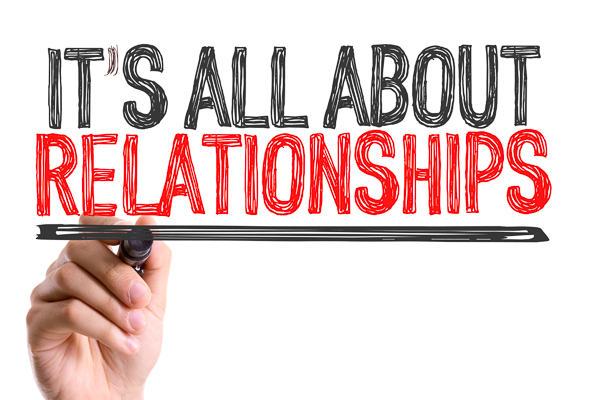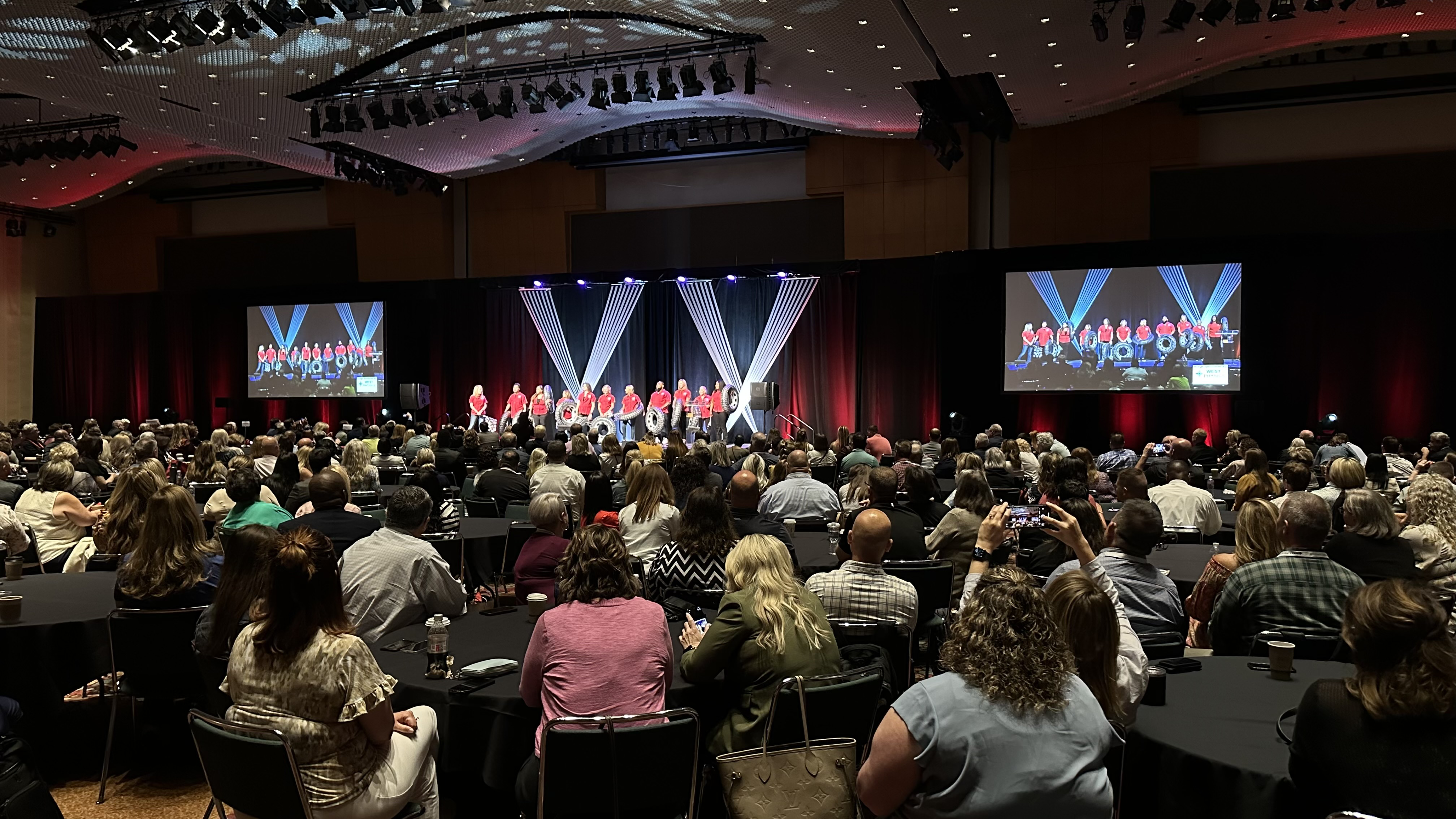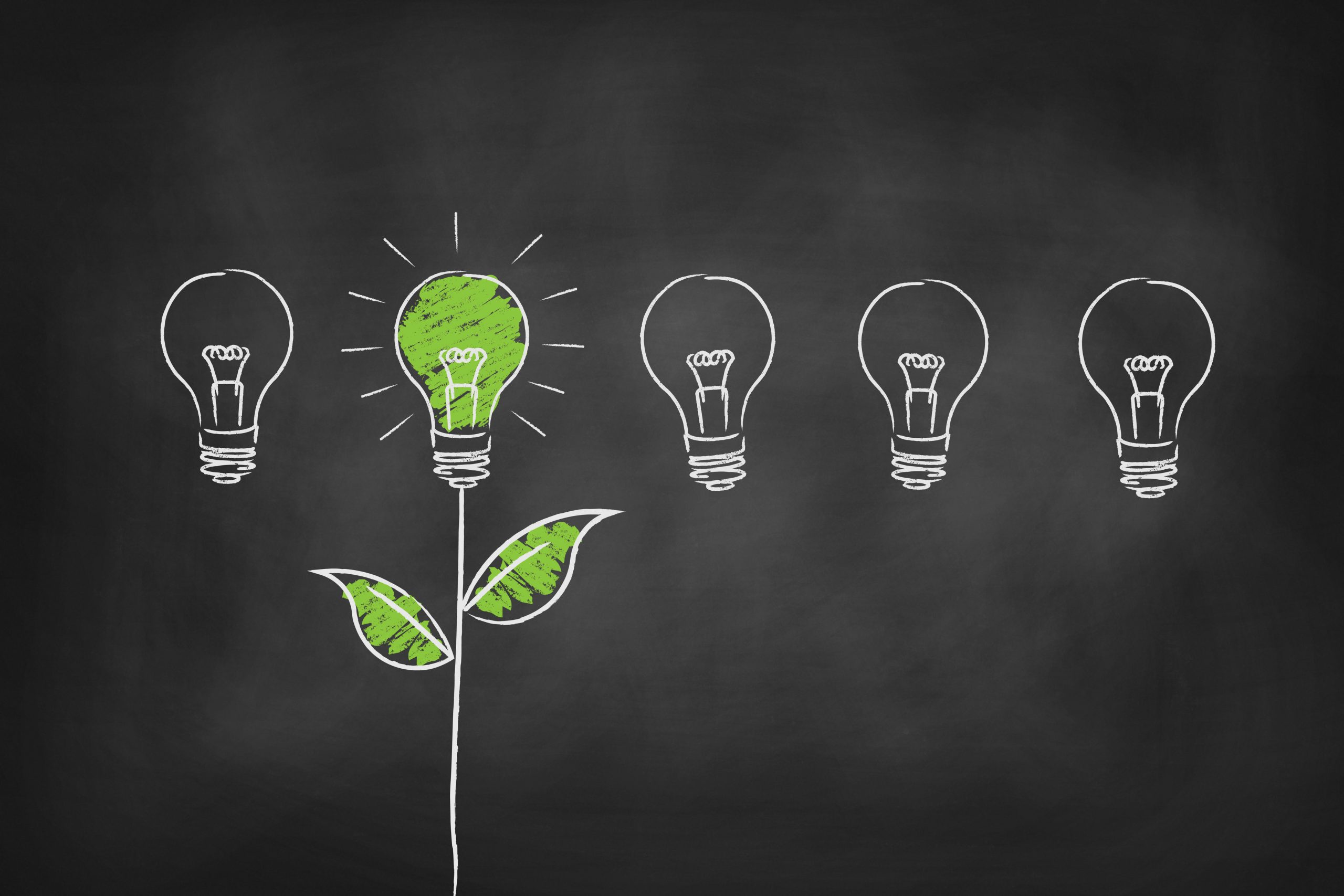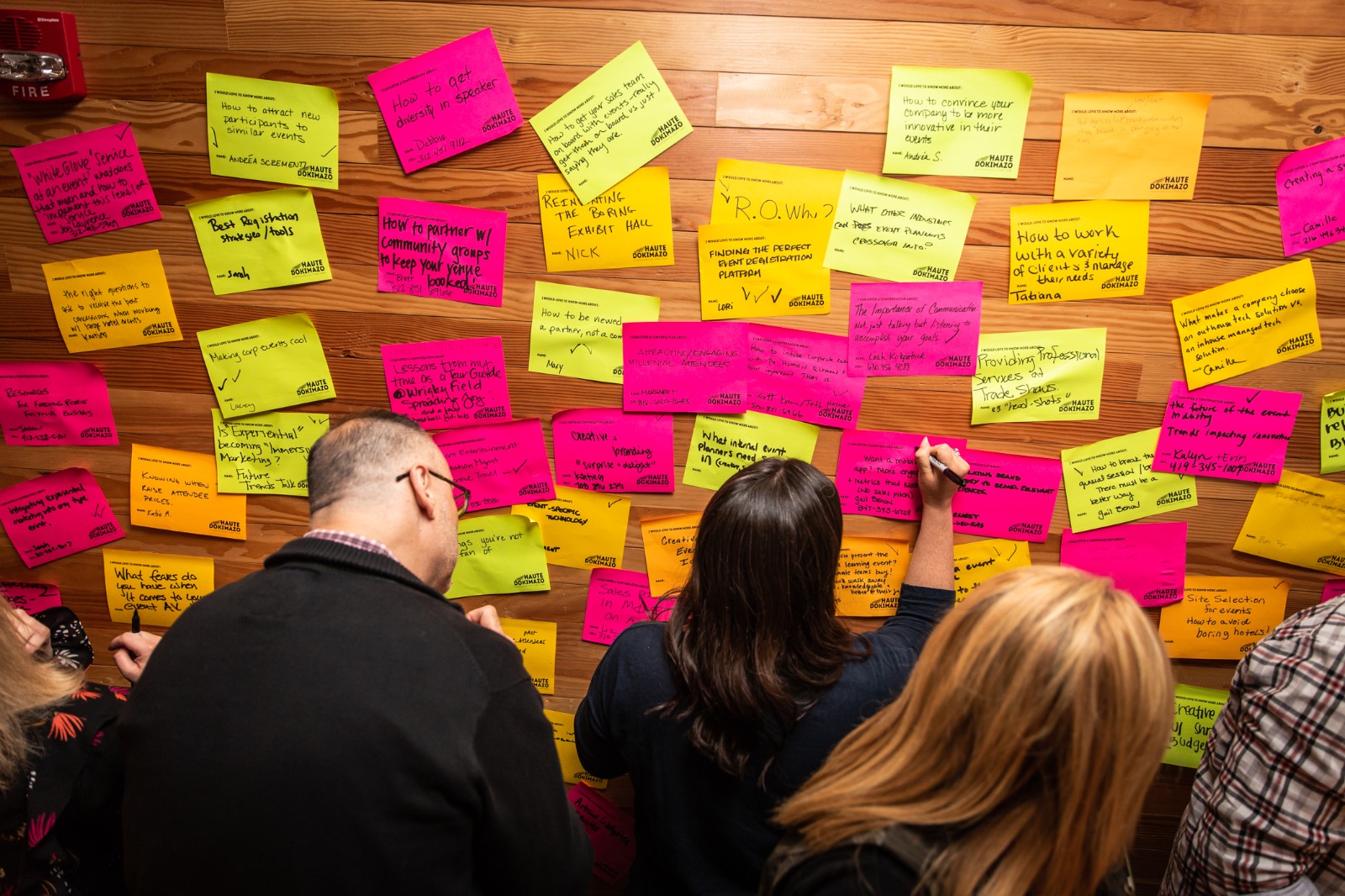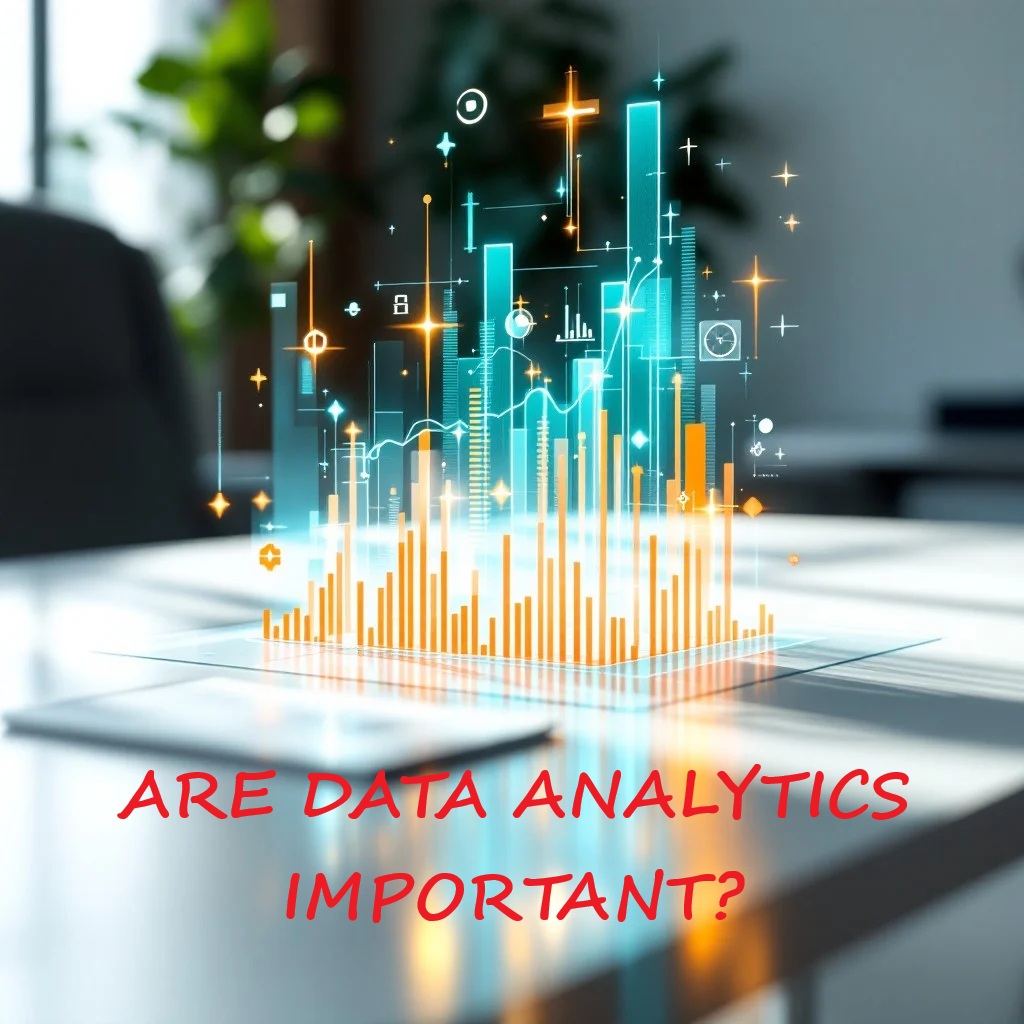What Return on Relationships (ROR) Is and Why It Needs to Be a Key Metric for Your Event Planning
By: Amy Wauhop
Consider the number of actual in-person connections you make in a day. In our high-tech society, a diminishing number of person-to-person interactions are required to complete daily activities. And yet, studies have proven it’s social connections that shape who we are, how we feel, and possibly how long we live. So if relationships are that crucial, nurturing them within new or existing live events is a key facet in your business model.
What is Return on Relationships (ROR)?
ROR is about assessing the value you generate through cultivating and maintaining meaningful relationships with your audience. Events, especially in person, are one of the most powerful ways to boost brand awareness and build long-lasting loyalty. In fact, 95% of people are more likely to trust a brand after engaging with it face-to-face at live events. In addition, 47% say their positive perception lasts a few months or more.*
Live events are people-centric, trust-driven, and highly experiential. Success relies not only on the logistics and execution of services but also on the strength of human connections behind the scenes. Research shows that 90% of live event attendees want personalized content and experiences.* When you establish a relationship with attendees, you significantly influence their satisfaction, loyalty, and ultimately your return on investment (ROI).
How to Measure Your Event’s ROR
A great way to track ROR is through engagement scoring. The level of attendee interaction before, during, and after your events can provide clear insights into how well you’re nurturing those relationships. Before the event, determine what constitutes a successful relationship and identify key performance indicators (KPIs) to track, such as customer satisfaction scores, retention rates, or referrals.
There are various tools available to track engagement, where you can assign points based on attendee actions (like networking, visiting booths, or participating in sessions). By analyzing these scores, you can tailor follow-up actions—whether it’s inviting attendees to future events or sharing curated post-event content to keep the connection going.
Boosting ROR
Pre-event:
- Create targeted messaging: Leverage data from current or past interactions or surveys to craft personalized invitations and pre-event content that resonates with individual attendees.
- Build anticipation: Tease event highlights, speaker spotlights, and unique experiences through social media campaigns, email newsletters, and your event website.
- Facilitate pre-event connections: Encourage attendees to connect on platforms like LinkedIn or your event app, fostering a sense of community before the event even begins.
During the event:
- Focus on interactive experiences: Design sessions, workshops, and booth activations that encourage active participation and collaboration, creating memorable shared moments.
- Enhance networking opportunities: Organize structured activities like speed networking, dedicated lounges, or facilitated group discussions to spark organic connections.
- Leverage technology wisely: Utilize event apps for personalized recommendations, session scheduling, and real-time networking tools to connect attendees with shared interests or roles.
- Promote social media buzz: Encourage attendees to share their experiences using a unique event hashtag, creating online conversations and a sense of belonging.
- Offer personalized elements: Tailor amenities like name tags, welcome kits, and even seating arrangements to align with attendee demographics and interests.
Post-event: nurture the relationships
- Promptly send personalized follow-ups: Within 24-48 hours, send personalized emails or messages, referencing specific conversations and offering relevant resources or next steps.
- Provide valuable content: Share session recordings, presentation slides, or other relevant materials to reinforce key learnings and extend the value of the event.
- Maintain engagement: Create online communities or forums for continued discussions and networking, fostering a sense of belonging and keeping the conversations going.
- Nurture future attendance: Offer exclusive access or discounts for upcoming events, demonstrating appreciation for past participation and building loyalty.
- Track and analyze: Monitor post-event engagement metrics, including follow-up response rates, social media mentions, and feedback surveys, to refine future strategies and prove the value of your relationship-building efforts.
ROR Also Applies to Internal Relationships Between Event Planning Professionals
ROR isn’t just about the relationships with attendees—it also includes the collaboration between event teams, venues, hotels, and suppliers. Building these internal relationships is a priority for event planners. In fact, 24% of planners in North America consider strengthening relationships to be a key factor in shaping their event strategies in the coming year.**
Stronger Attendee and Vendor Relationships Lead to:
- Repeat business and referrals from satisfied clients and attendees.
- Vendor loyalty that results in better deals, reliability, and priority or last-minute support.
- Sponsor retention and increased funding, as trust builds over time.
- Higher attendee engagement and satisfaction, because they feel valued and heard.
- Team cohesion, making event execution smoother and more enjoyable.
Return on Relationship is about interpersonal equity—what you gain by treating people like long-term partners rather than transactions. In a people-centric field like event management, ROR will inevitably outlast and outweigh the short-term value of any single deal.
* Freeman Trust Report 2025
** Cvent and Cvent 2025 Planner Sourcing Reports
